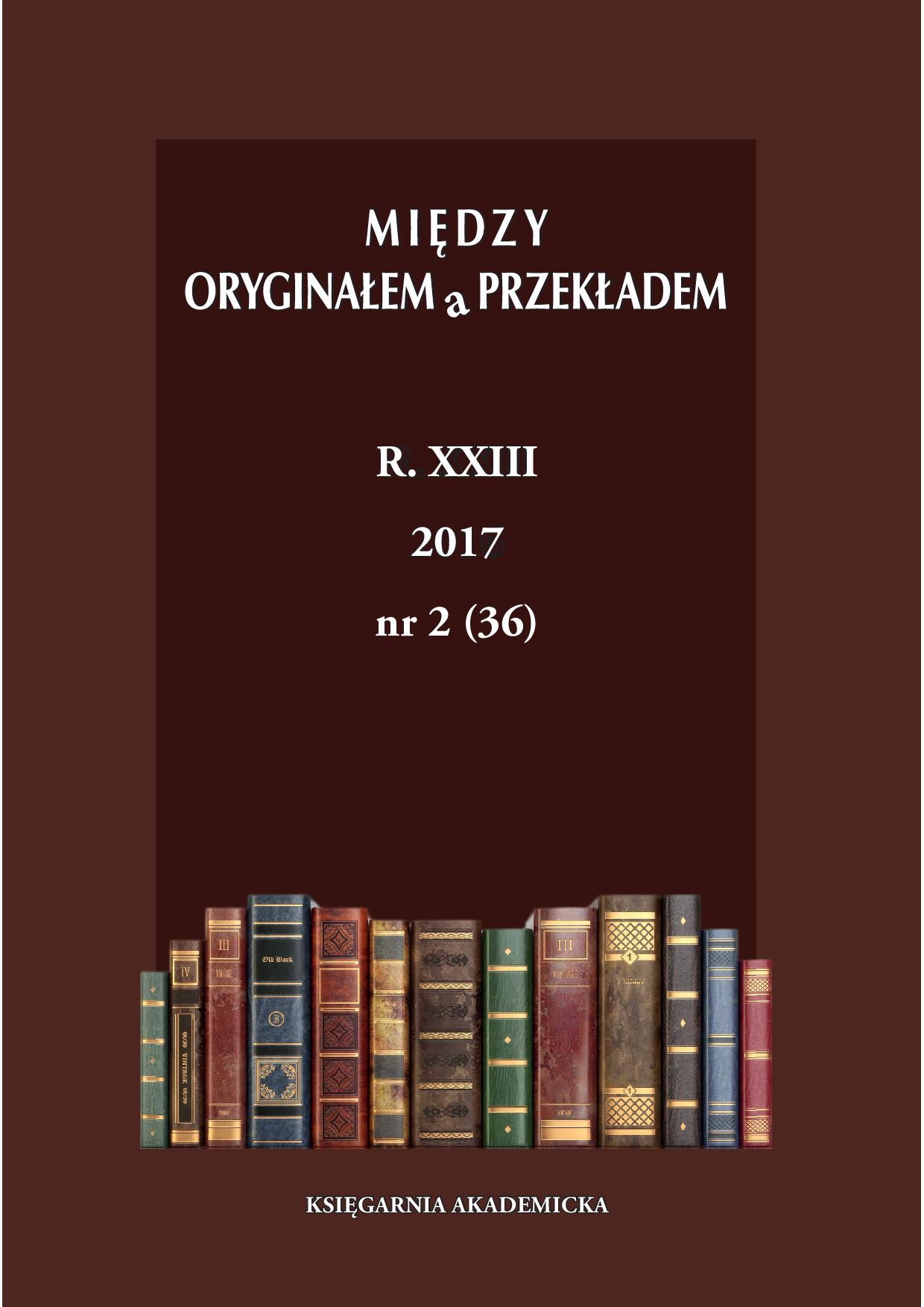Visual metaphor as an intersemiotic translation technique: the case of Peter Jackson’s The Lord of the Rings On “dangerous liaisons” between literature and film
Visual metaphor as an intersemiotic translation technique: the case of Peter Jackson’s The Lord of the Rings On “dangerous liaisons” between literature and film
Author(s): Aleksandra StodolnaSubject(s): Translation Studies
Published by: KSIĘGARNIA AKADEMICKA Sp. z o.o.
Keywords: intersemiotic translation;visual metaphor; film
Summary/Abstract: Literature and film, since the birth of the latter, have been developing together and influencing one another. Although incomparable on the constructional level, those two arts are similar in nature. Narrative techniques applied in literature and film are interrelated: they use many similar techniques to tell their stories, but above all, they use similar techniques to evoke emotions in their audience. In their analyses, Film Studies researchers often evoke two basic factors: plot and emotions – these are the bases for comparison between film and literature, for discerning intersemiotic translation techniques, and also the baseline for my short analysis. In this paper, I will start with pointing out a few key issues related to intersemiotic translation in the context briefly discussed above, then pass on to visual metaphor: its structure, types, and possible functions, and finally – to case studies that will illustrate how filmmakers use the visual metaphor in their work: “light is good/dark is evil” metaphor and the case of Sméagol/Gollum’s split personality in The Lord of the Rings trilogydirected by Peter Jackson.
Journal: Między Oryginałem a Przekładem
- Issue Year: 2017
- Issue No: 36
- Page Range: 117-128
- Page Count: 12
- Language: English

